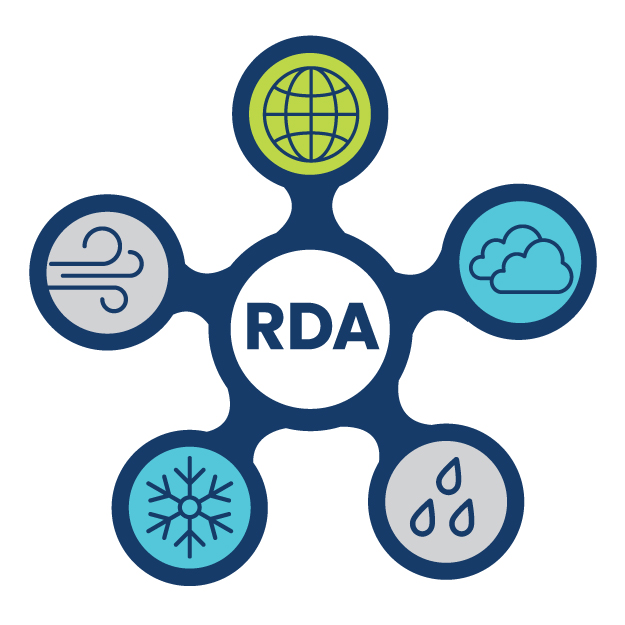
WCRP and WWRP THORPEX YOTC (Year of Tropical Convection) Project, Single Parameter 6-Hourly Pressure Level Analysis Time Series, Transformed to a Regular 1600 by 800 (N400) Gaussian Grid
d629002
This historical dataset is recommended for ancillary use only and not as a primary research dataset. It has likely been superseded by a newer, improved dataset.
The realistic representation of tropical convection in our global atmospheric models is a long-standing grand challenge for numerical weather forecasts and global climate predictions. Our lack of fundamental knowledge and practical capabilities in this area leaves us disadvantaged in modeling and predicting prominent phenomena of the tropical atmosphere such as the ITCZ, ENSO, TBO, monsoons and their active or break periods, the MJO, subtropical stratus decks, near-surface ocean properties, easterly waves, tropical cyclones, bulk budgets of cloud microphysical quantities, and even the diurnal cycle. Furthermore, tropical weather and climate disturbances strongly influence stratospheric-tropospheric exchange as well as the extratropics, with the later mediated via poleward migration of synoptic systems or through initiating Rossby wave trains that can involve a range of processes and time scales.
To address the challenge of tropical convection, WCRP and WWRP/THORPEX propose a Year of coordinated observing, modeling and forecasting of organized tropical convection and its influences on predictability as a contribution to the United Nations Year of Planet Earth to complement the International Polar Year (IPY). This effort is intended to exploit the vast amounts of existing and emerging observations, the expanding computational resources and the development of new, high-resolution modeling frameworks, with the objective of advancing the characterization, diagnosis, modeling, parameterization and prediction of multiscale convective and dynamic interactions, including the two-way interaction between tropical and extra-tropical weather or climate. This activity and its ultimate success will be based on the coordination of a wide range of ongoing and planned international programmatic activities (e.g., GEWEX/CEOP/GCSS, AMY, EOS, GOOS), strong collaboration among the operational prediction, research laboratory and academic communities, and the construction of a comprehensive data base consisting of satellite data, in-situ data sets and global, high-resolution forecast and simulation model outputs relevant to tropical convection. The proposed timing, focus year approach and integrated framework of this effort is intended to leverage the most benefit from recent investments in Earth Science infrastructure as well as entrain a new generation of young scientists into tackling the outstanding problems in the field of weather and climate prediction.
It is recommended that potential users of YOTC peruse the Related RDA Datasets ds629.1-ds629.6 (please see below) which represent transformed versions of the raw ECMWF YOTC archive (ds629.0) by the Data Support Section. The transformed versions are archived on an N400 1600 by 800 regular Gaussian grid, starting from high resolution reduced Gaussian grids and spectral coefficients. In addition, horizontal winds have been added and computed from spectral vorticity and divergence.
Downloading/Accessing data from this dataset implies acceptance of ECMWF's Terms of Use
Latitude Range: Southernmost=89.828S Northernmost=89.828N Detailed coverage information Detailed coverage information 0.225° x ~0.225° from 0E to 359.775E and 89.828N to 89.828S (1600 x 800 Longitude/Gaussian Latitude)
 This work is licensed under a Creative Commons Attribution 4.0 International License.
This work is licensed under a Creative Commons Attribution 4.0 International License.